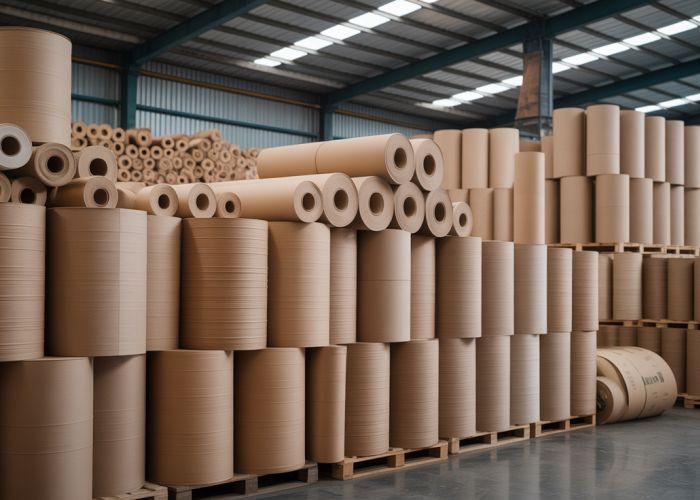The resilience of roofing materials reflects the enduring need for durable protection against the elements. Johns Manville, a leading manufacturer, offers diverse roofing solutions, influencing the tar paper market. Despite the emergence of synthetic underlayments, the debate continues regarding the cost-effectiveness of tar paper versus newer alternatives. This discussion impacts DIY homeowners and professional contractors alike, shaping trends in the tar paper market, and prompting a closer look at whether this established technology maintains relevance in modern construction practices.

Crafting the Optimal Article Layout for "Tar Paper Market: Is This Old Tech Making A Comeback?"
This outlines a recommended article layout designed to effectively explore the "tar paper market" and address the question of its resurgence. The structure prioritizes clarity, analysis, and a professional tone.
Introduction: Setting the Stage
- Opening Paragraph: Start with a hook that captures the reader’s attention. This could be a surprising statistic about the roofing industry, a brief historical anecdote about tar paper, or a provocative question about its relevance in the 21st century. Briefly introduce the core topic: the current state of the "tar paper market."
- Thesis Statement: Clearly state the article’s objective. For example: "This article analyzes the factors contributing to the potential resurgence of tar paper in the construction industry, examining its advantages, disadvantages, and competitive position within the broader roofing materials market."
- Outline (Optional): Briefly mention the key areas to be covered. This improves readability by preparing the reader for the information to come.
Understanding Tar Paper: A Primer
- What is Tar Paper? Define tar paper in simple terms. Avoid technical jargon. Focus on its basic composition and primary function as a roofing underlayment.
- Briefly explain the materials historically used (tar, asphalt, felt).
- Describe its role in waterproofing and protecting the roof deck.
- Historical Context: Provide a concise overview of tar paper’s historical significance in construction.
- Highlight its widespread use in the past and its eventual decline in popularity.
- Mention key milestones in its development and usage.
Factors Driving a Potential Comeback: Market Analysis
- Increased Demand for Affordable Roofing: Explore the economic pressures on homeowners and builders.
- Explain how the rising cost of alternative roofing materials (synthetic underlayments, etc.) may be making tar paper more attractive.
- Include data or statistics on roofing material costs (if available).
- Improved Manufacturing Processes: Discuss any advancements in tar paper production that might be enhancing its performance or durability.
- Address concerns about the environmental impact of traditional tar paper and whether new formulations are mitigating these issues.
- Niche Applications and Regional Variations: Investigate specific situations or geographic areas where tar paper remains a preferred choice.
- Consider its suitability for certain types of roofs or climates.
- Explore any local regulations or preferences that might favor tar paper.
Tar Paper vs. Modern Alternatives: A Comparative Analysis
- Advantages of Tar Paper: Clearly articulate the benefits of using tar paper.
- Cost-effectiveness: Compare the price per square foot of tar paper to other underlayment options.
- Ease of Installation: Highlight any advantages in terms of installation speed or simplicity.
- Water Resistance: Explain its ability to protect against water penetration.
-
Disadvantages of Tar Paper: Honestly address the limitations of tar paper.
- Durability: Discuss its susceptibility to tearing, UV degradation, and other forms of damage.
- Environmental Concerns: Explain any potential environmental impacts associated with its production and disposal.
- Code Compliance: Clarify whether tar paper meets current building codes in different regions.
Feature Tar Paper Synthetic Underlayment Cost Lower Higher Durability Lower Higher Water Resistance Good Excellent UV Resistance Poor Good Environmental Impact Higher Varies
The Current State of the Tar Paper Market
- Market Size and Trends: Provide an overview of the current size and growth rate of the "tar paper market."
- Include market data and statistics, if available (e.g., market value, volume of sales).
- Identify any key trends or patterns in the market.
- Key Players: Briefly introduce the major manufacturers and suppliers of tar paper.
- Highlight their market share and geographic reach.
- Future Outlook: Offer a reasoned perspective on the future prospects of the "tar paper market."
- Consider the potential impact of technological advancements, regulatory changes, and shifting consumer preferences.
- Analyze whether tar paper is likely to maintain its niche position, experience a significant resurgence, or gradually fade into obsolescence.
Tar Paper Market: Your Burning Questions Answered
Here are some frequently asked questions about the current state and potential resurgence of the tar paper market.
What exactly is tar paper, and what is it used for?
Tar paper is a heavy-duty paper used in construction. It’s saturated with tar, making it water-resistant. Primarily, it’s used as an underlayment for roofing to provide a protective barrier against moisture before shingles or other roofing materials are installed.
Is tar paper still used given newer roofing technologies?
Yes, despite advancements in roofing materials, tar paper remains a viable and cost-effective option. While synthetic underlayments are gaining popularity, tar paper is still widely used, especially in budget-conscious projects. The tar paper market is still active because of its affordability and ease of installation.
What factors are influencing the tar paper market today?
Several factors play a role. The price of oil (affecting the cost of tar), the availability and cost of alternative roofing underlayments, and regional building codes are all impactful. Construction trends and economic conditions also significantly influence the tar paper market.
Is the tar paper market really "making a comeback"?
It’s more accurate to say it’s maintaining a presence. While not necessarily booming, the tar paper market isn’t disappearing either. Its enduring affordability and ease of use ensure it remains a relevant choice in certain applications and regions, even alongside newer, more expensive options.
So, what do *you* think? Is the tar paper market poised for a comeback? Let us know your experiences and opinions in the comments below! We’re always excited to hear your thoughts on this oldie-but-goodie!